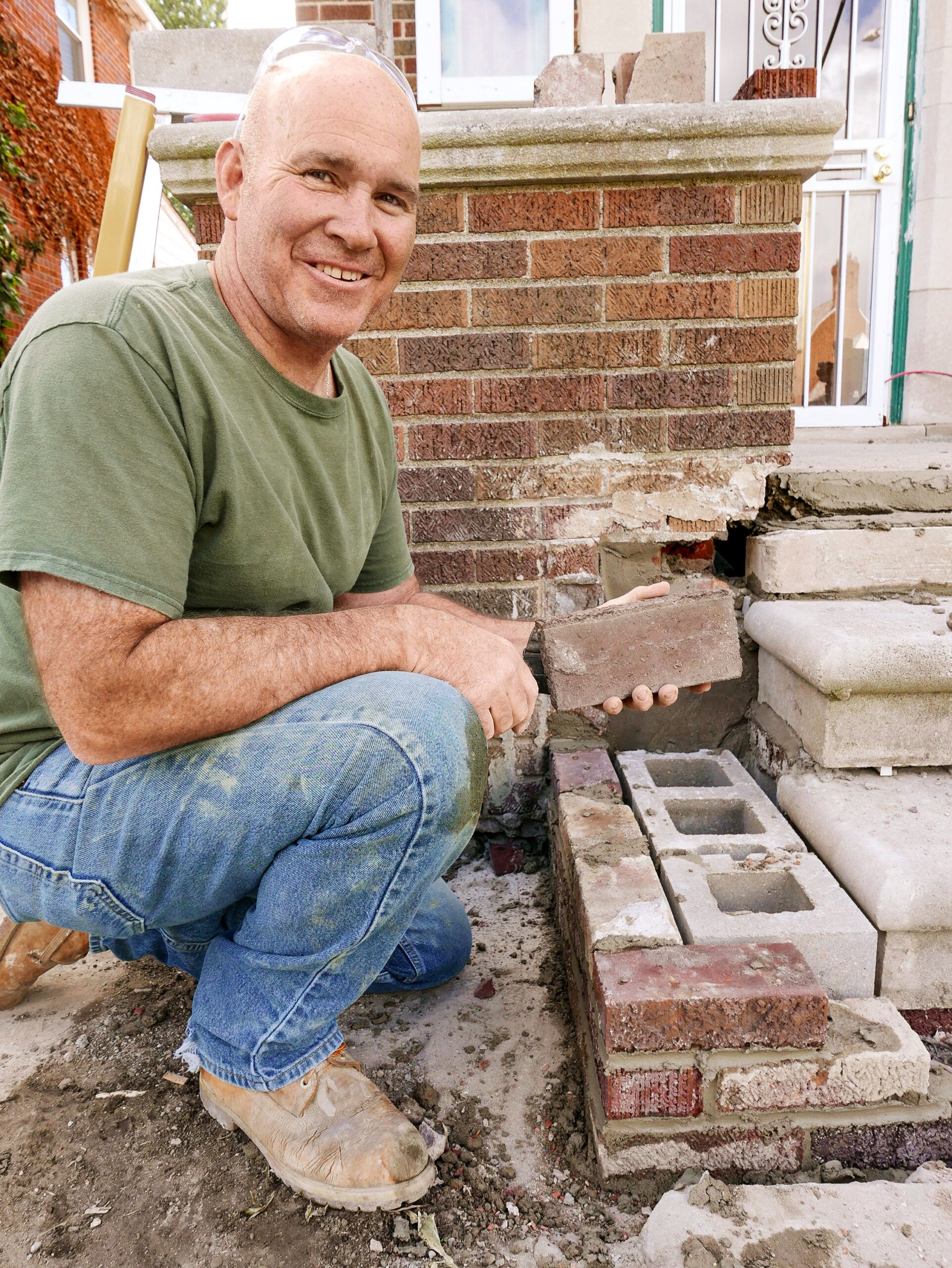Masonry glue has revolutionized the way contractors and DIY enthusiasts approach construction projects. This versatile adhesive offers a flexible and watertight alternative to traditional mortar, making it an invaluable tool for various applications. In this comprehensive guide, we’ll explore the innovative uses of masonry glue beyond basic construction, providing you with practical solutions for common household repairs and creative projects.
5 Innovative Applications for Masonry Glue
Masonry glue’s versatility extends far beyond its traditional uses. Here are five creative applications that showcase the potential for solving common household issues and enhancing your home’s features.
1. Reattaching Veneer Stones
Veneer stones can sometimes pop off foundations and walls due to water seepage into the mortar. This method provides a strong, water-resistant bond that doesn’t require bracing during curing. Masonry glue offers an effective solution for this common problem. To reattach the veneer:
- Clean the back of the stone and the wall surface.
- Apply a generous amount of instant-grab polyurethane construction adhesive to the stone.
- Press the stone firmly into place.
- Fill any gaps around the stone with a sealant containing aggregate to mimic the appearance of mortar.
2. Securing Loose Stair Treads
Concrete stairways can shift over time, leading to loose stones or bricks on the steps. This application not only secures the tread but also helps prevent water infiltration that could cause further damage. Masonry glue can effectively remedy this safety hazard:
- Carefully lift the loose tread.
- Clean both surfaces to ensure good adhesion.
- Apply a generous amount of construction adhesive to the underside of the tread.
- Reposition the tread and press firmly.
- Allow the adhesive to cure for three to five days before using the step.
3. Stabilizing Wobbly Chimney Caps
A loose chimney cap can lead to water damage and pest intrusion. This method ensures a watertight seal and long-lasting protection for your chimney. Masonry glue provides a durable solution:
- Remove any loose mortar from the chimney crown.
- Apply a layer of masonry adhesive to the top of the crown.
- Set the stainless-steel cap into the adhesive.
- Secure the cap with masonry screws for added stability.
- If necessary, repair any crumbling areas of the crown, sloping the sides away from the chimney for proper drainage.
4. Repairing Cracked Concrete
Small cracks in concrete surfaces can be effectively repaired using masonry adhesive. For larger cracks, a concrete patching compound may be needed in conjunction with the adhesive for a more substantial repair.:
- Clean the crack thoroughly, removing any loose debris.
- Apply masonry adhesive to the crack using a caulk gun.
- Smooth the surface with a putty knife.
- Allow the adhesive to cure completely.
5. Creating Decorative Hardscape Features
This technique is particularly useful for creating freestanding structures like garden walls or water features without the need for extensive footings or mortar work. Masonry glue can be used to create unique landscape elements:
- Design your feature using stones, bricks, or concrete blocks.
- Apply adhesive to each piece as you build.
- Stack or arrange the elements according to your design.
- Allow the adhesive to cure fully before exposing the feature to foot traffic or water.
Best Practices for Using Masonry Glues and Adhesives
Follow these best practices for preparation, application, and curing to achieve optimal results with masonry glue. These techniques ensure strong, lasting bonds for your projects.
Surface Preparation Techniques
Proper surface preparation is key to successful adhesion:
- Clean surfaces thoroughly, removing dirt, dust, and loose particles.
- Ensure surfaces are dry unless the adhesive specifically requires dampness.
- Roughen smooth surfaces slightly to improve adhesion.
- For porous materials, consider using a primer if recommended by the adhesive manufacturer.
Application Methods
Applying masonry adhesive correctly leads to better performance over time:
- Cut the nozzle of the adhesive tube at a 45-degree angle for precise application.
- Apply adhesive in a consistent bead or pattern as recommended by the manufacturer.
- Use enough adhesive to ensure full coverage, but avoid over-application.
- Press materials together firmly to spread the adhesive and remove air pockets.
For larger projects, consider using a pneumatic caulk gun for more efficient application.
Curing and Drying Times
Respect the curing process to achieve the strongest possible bond:
- Allow the adhesive to set according to the manufacturer’s instructions before applying any stress.
- Protect the bonded area from moisture and extreme temperatures during curing.
- For load-bearing applications, wait the full recommended cure time before use.
Comparing Different Types of Masonry Glues and Adhesives
Various types of masonry adhesives are available, each with unique properties suited to different applications. Understanding these differences can help you choose the right product for your project.
Polyurethane-Based Adhesives
These adhesives are ideal for outdoor applications and projects requiring some flexibility in the bond. Polyurethane adhesives are known for their:
- Excellent flexibility
- High water resistance
- Strong bonding to a wide range of materials
- Good performance in extreme temperatures
Epoxy-Based Adhesives
Epoxy adhesives are often used for structural repairs and in situations where maximum bond strength is required, and they feature:
- Exceptional strength
- Chemical resistance
- Ability to fill gaps
- Suitability for vertical applications
Acrylic-Based Adhesives
Acrylic adhesives are often chosen for decorative applications or quick repairs where appearance is important. Rely on these for:
- Fast curing times
- Good UV resistance
- Clarity (useful for visible joints)
- Moderate flexibility
Our Conclusion
Masonry glue has proven to be a versatile and invaluable tool for both professional contractors and DIY enthusiasts. Its ability to provide strong, flexible, and waterproof bonds makes it suitable for a wide range of applications beyond traditional construction. From repairing loose veneer stones to creating decorative landscape features, masonry adhesives offer innovative solutions to common household problems.

